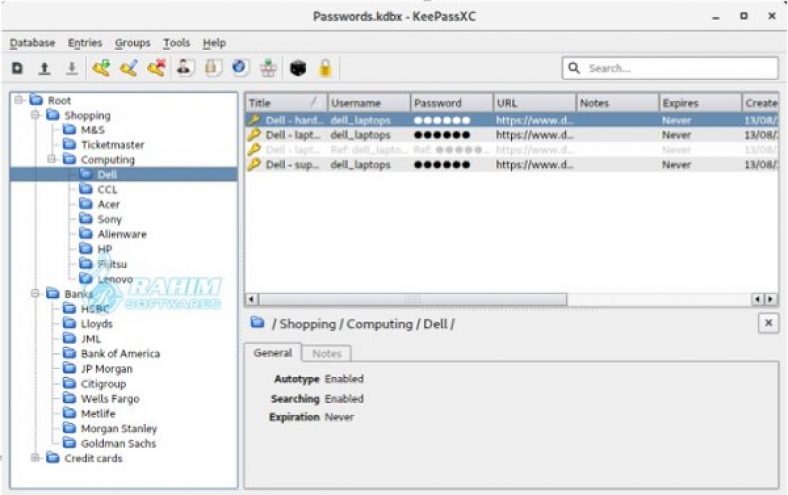
This is what I did so I can utilize the full power of CUDA.īummer. If possible, use your GPU to process more hashes per second. Hashcat -a 0 -m 13400 dbpasshash.txt rockyou.txt Since I’m attempting to crack a KeePass database, the hash ID used will be “13400,” which references “KeePass 1 (AES/Twofish) and KeePass 2 (AES).” The command to get started looks something like this: WordlistsĪ good wordlist is essential for testing. You can view their wiki for more hash types. Each mode offers different types like masking, patterns, and straight mode (wordlist). You can use brute-force and dictionary attacks. Most instructions only show two types: attack mode and hash type.

You can pass the file through Hashcat using several different options. It’s worth mentioning Hashcat doesn’t support Chacha20 or Argon2 (v4 of the KDBX file format). As of Hashcat version 3.0, the software supports KeePass with no custom algorithms needed to be defined. Next up, I fired up Hashcat to crack the hash. Running the utility produces a hash that starts with the following (prepended with DBName:):

Keepass2john dbname.kdbx or send the output to a file by using keepass2john dbname.kdbx > dbpasshash.txt. John the Ripper ships with a useful tool called keepass2john that can pass a KeePass database as a parameter.


 0 kommentar(er)
0 kommentar(er)
